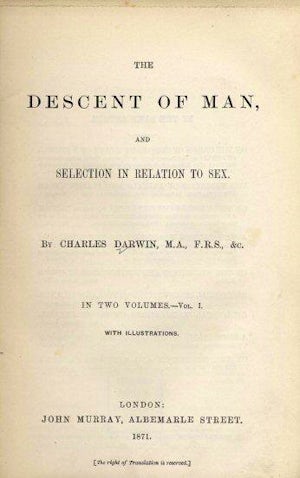December 1, 1976. A series of articles detailing information on Aboriginal women who were sterilized in the North by the federal government were released by Robert Lechat, beginning in 1976 (Stote, 2012). These articles listed six settlements in the Keewatin District where such sterilizations had occurred: Repulse Bay (10 women), Chesterfield Inlet (6 women), Pelly Bay (5 women), Gjoa Haven (13 women), Hall Beach, and Rankin Inlet (Stote, 2012, p. 128). The number of women sterilized represented high percentages of women between thirty and fifty years of women in those communities: between 26 and 45 percent (Stote, 2012).
Following the release of these numbers, Medical Services sought to determine the number of women sterilized in those locations between January 1966 and October 1976 (Stote, 2012). The findings of the investigation were received on December 1, 1976. In total, seventy sterilizations were identified, seemingly more-or-less confirming the numbers suggested by Lechat (Stote, 2012). In Repulse Bay, 10 women were sterilized; in Chesterfield Inlet, 10 women were sterilized; in Pelly Bay, 5 women were sterilized; in Gjoa Haven, 11 women were sterilized; in Hall Beach, 8 women were sterilized; and in Rankin Inlet, 26 women were sterilized (Stote, 2012, p. 129). Almost all sterilizations were justified as being conducted for "multiparity" or having two or more children (Stote, 2012).
The report could not always verify where women were sterilized (Stote, 2012). However, the report also suggested that other areas in the North had also performed sterilizations (Stote, 2012).
Stote, K. (2012). The Coercive Sterilization of Aboriginal Women in Canada. American Indian Culture and Research Journal, 36(3), 117-150.
 1869:
Galton publishes Hereditary Genius
1869:
Galton publishes Hereditary Genius
 1871:
Charles Darwin publishes The Descent of Man
1871:
Charles Darwin publishes The Descent of Man